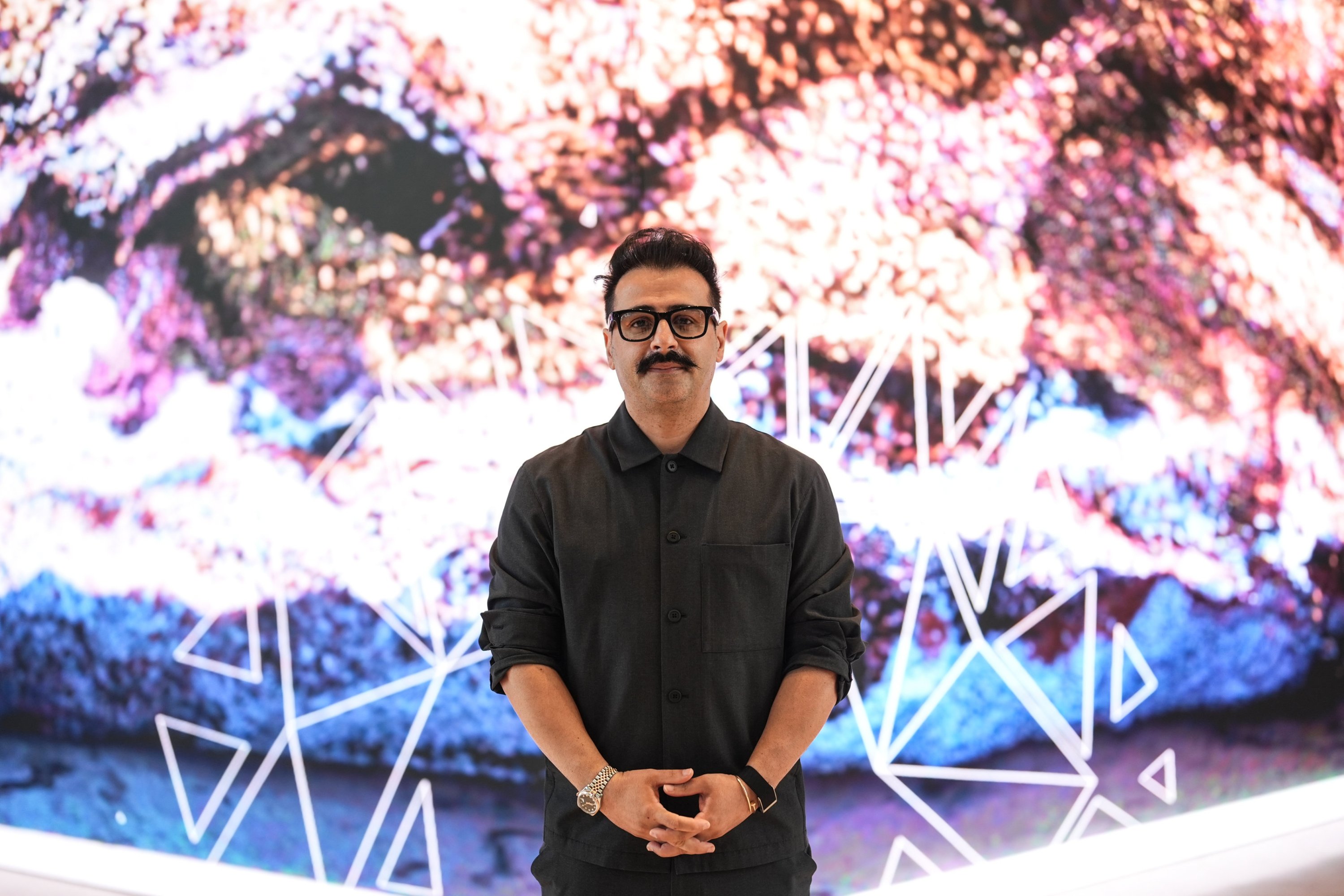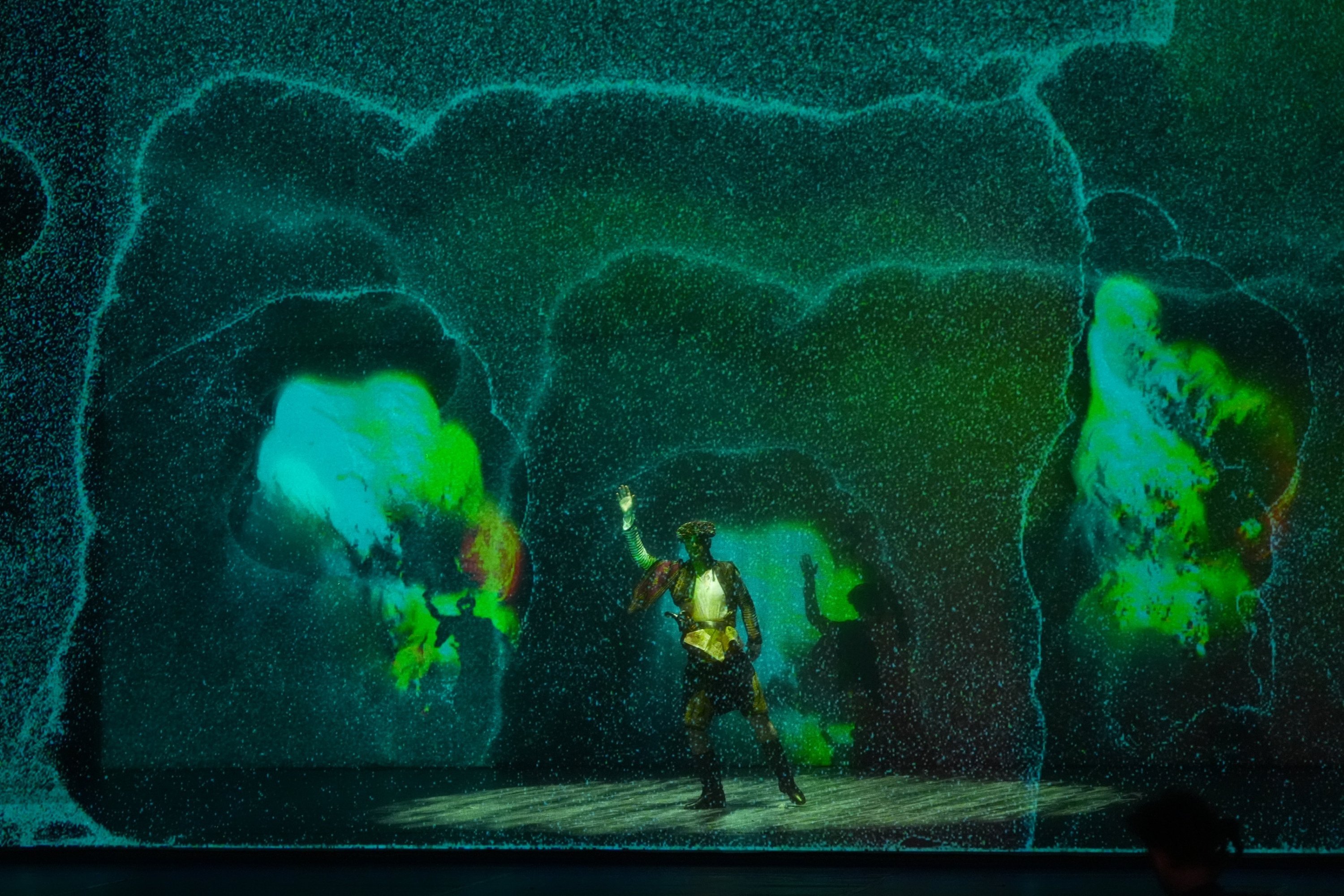In the heart of Istanbul, a groundbreaking convergence of journalism and art is taking place. At the 2025 edition of the Istanbul Digital Art Festival, a data-driven new media installation titled “Memory: Anatolia” was unveiled. Developed by the renowned digital art collective OUCHHH Studio in collaboration with Anadolu Agency (AA) – Türkiye’s oldest and influential news outlet – the project boldly explores the intersection between archival journalism and machine learning, past and future, truth and interpretation.
Ferdi Alıcı, the creative force behind OUCHHH, belongs to a generation of artists who emerged from Bilgi University, where the fusion of critical theory and digital practice is more than pedagogy – it’s philosophy. The university’s Santral Campus, built within the remains of an old power plant, offers an ironic yet inspiring metaphor: artists here learn to convert the static energies of heritage into the dynamic sparks of future-making. Just as alumni like Refik Anadol have redefined global digital aesthetics, OUCHHH’s work dissolves boundaries – between disciplines, between media and between viewer and subject.

From a curatorial standpoint, “Memory: Anatolia” occupies a fascinating space. It is not merely an installation but a curated encounter – a space of memory translation. The piece draws from over a century of visual documentation stored in Anadolu Agency’s archive. Through machine learning, these images are not simply visualized, but reinterpreted – transformed into pulsating waves of light, sound and emotion.
The curatorial choice to pair journalism with digital abstraction challenges the viewer’s traditional understanding of “truth” in imagery. What does it mean to remember through algorithms? Can data feel? By abstracting factual records into sensory environments, the work opens new epistemological spaces – asking not only what we remember, but how we remember and who gets to shape that process.
This aligns with a growing movement in global art curation that positions data as material and archives as landscapes. The work does not dictate meaning, but instead invites affective interpretation, allowing the viewer to walk through living memory, to be overwhelmed by the very scale of collective experience. In this sense, the artwork becomes a curated ritual of remembrance, not a static monument.

Marking its centenary in recent years, Anadolu Agency has repositioned itself as not only a source of news, but a custodian of visual heritage. Its collaboration with OUCHHH reflects an institutional curiosity toward the future. By transforming news footage into aesthetic material, the agency embraces a forward-thinking logic: the past is not just to be preserved, but to be performed, re-experienced and reconfigured.
At its core, “Memory: Anatolia” is a study of interdisciplinary memory work. It transforms journalism’s evidentiary function into art’s evocative function. The result is neither documentary nor speculative fiction – it’s something entirely new: an emotional, technological and civic space.
The choice of venue – the Atatürk Cultural Center (AKM) – deepens the project’s resonance. Located in the symbolic and literal heart of Istanbul, AKM becomes a nexus for digital storytelling. The Istanbul Digital Art Festival itself gathered visionary talents across fields – from fashion designer Arzu Kaprol to Azerbaijani digital artist Orkhan Mammadov – creating an ecology of creators who see the city not only as a location but as interface, archive and laboratory.
Istanbul has always been a city of memory, but this festival – through projects like “Memory: Anatolia” – positions it as a city of speculative futures. Rather than repeating history, it proposes new ways to carry memory forward – through motion, through code, through feeling.
“Memory: Anatolia” is not just a success of aesthetics; it is a success of vision. By combining the methodical gaze of journalism with the abstract imagination of new media art, the project represents a leap forward in curated storytelling. It suggests that curation today is no longer confined to selecting objects – it is about orchestrating systems of experience, merging disciplines and creating spaces for public meaning-making.
As digital art matures and as cities like Istanbul continue to cultivate vibrant intersections of past and future, projects like this one reveal just how powerful memory can be – not only as a record of what once was, but as a guide to what might still be.



